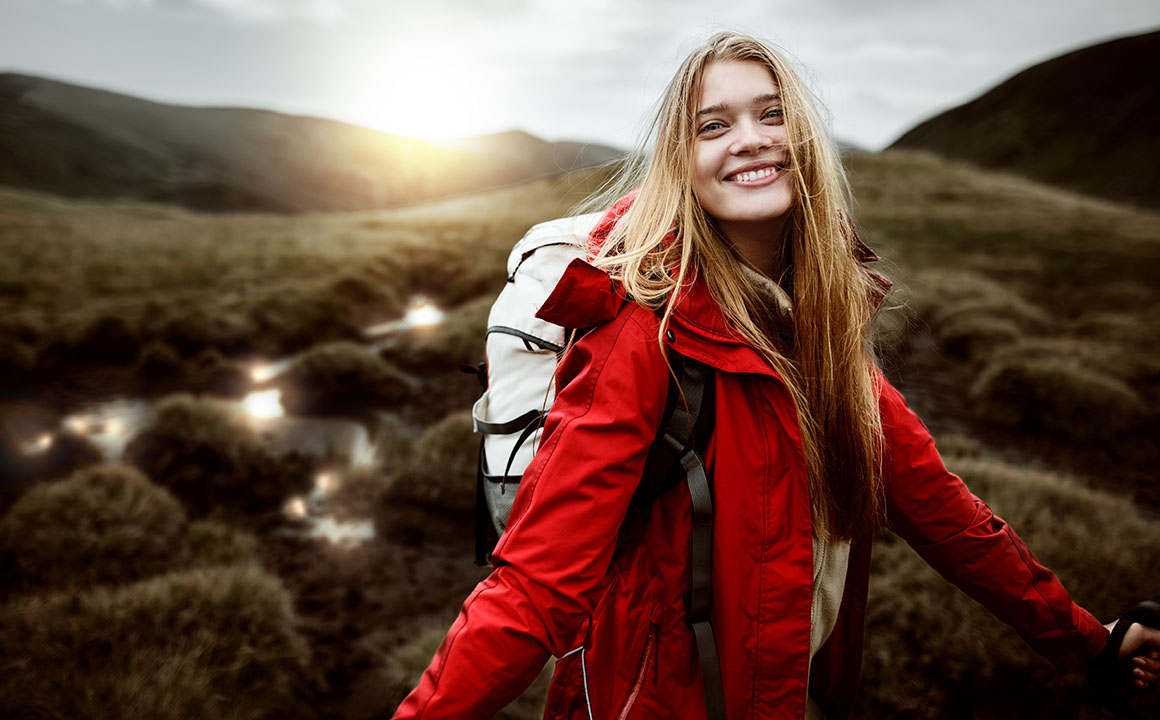How to Choose the Right Route to Climb Kilimanjaro

Planning to conquer the majestic Mount Kilimanjaro is a dream for many adventure enthusiasts. However, with several routes to choose from, each offering a unique experience, deciding which one suits you best can be a daunting task. In this comprehensive guide, we will walk you through the factors to consider when selecting the ideal route for your Kilimanjaro expedition. Whether you’re interested in the Lemosho route 8 days or any other, this guide will help you make an informed decision.
Factors to Consider When Choosing a Kilimanjaro Route
Selecting the right Kilimanjaro route involves careful consideration of several key factors:
1. Duration of the Climb
The duration of your climb is a crucial factor to consider. Kilimanjaro routes vary in length, typically ranging from 5 to 9 days. Longer climbs allow for better acclimatization, reducing the risk of altitude sickness. However, they also require more time and a higher budget.
2. Scenic Diversity
Each route offers its own unique scenery and ecosystems. Consider the type of landscapes you want to experience, whether it’s lush rainforests, alpine deserts, or glaciers.
3. Difficulty Level
Routes vary in difficulty, from relatively gentle ascents to steeper, more challenging terrain. Your physical fitness and trekking experience will influence your choice.
4. Altitude Gain
The altitude gain on a route is a critical factor in acclimatization. Gradual altitude gain is generally safer and allows for better adjustment to higher altitudes.
5. Crowds and Solitude
Some routes tend to be more crowded than others. If you prefer a quieter experience with fewer trekkers, choose a less popular route.
6. Climbing Experience
Consider your own experience and comfort level with high-altitude trekking. Some routes, like the Western Breach route, require technical climbing skills.
7. Budget
Your budget plays a significant role in route selection. Longer routes and routes with more amenities may cost more. Ensure your chosen route aligns with your financial plan.
8. Wildlife and Flora
If you’re interested in wildlife and unique plant life, research which routes offer the best opportunities for sightings.
9. Success Rate
Some routes have higher success rates due to better acclimatization schedules and more extended durations. Check success rate statistics for each route.
10. Group vs. Private Trek
Decide whether you want to join a group trek or opt for a private climb. Group treks are generally more cost-effective, while private climbs offer more flexibility.
Comparison of Kilimanjaro Routes
To assist in your decision-making process, let’s compare some popular Kilimanjaro routes:
| Route | Duration | Scenic Diversity | Difficulty Level | Altitude Gain | Crowds | Climbing Experience | Budget | Wildlife and Flora |
| Lemosho | 7-8 days | Varied landscapes | Moderate | Gradual ascent | Lower | Non-technical | Moderate | Rich rainforest |
| Machame | 6-7 days | Diverse, scenic | Moderate | Gradual ascent | Moderate | Non-technical | Moderate | Rich rainforest |
| Marangu | 5-6 days | Lush forests | Easier | Gradual ascent | High | Non-technical | Lower | Limited |
| Rongai | 6-7 days | Remote landscapes | Moderate | Gradual ascent | Lower | Non-technical | Moderate | Moderate |
| Northern Circuit | 9-10 days | Varied landscapes | Moderate | Gradual ascent | Lower | Non-technical | Higher | Abundant |
| Umbwe | 5-6 days | Steep, challenging | Challenging | Rapid ascent | Lower | Non-technical | Lower | Limited |
| Western Breach | 7 days | Unique, challenging | Challenging | Steep ascent | Lower | Technical skills needed | Higher | Limited |
Note: Difficulty levels may vary based on individual fitness and experience.
Conclusion
As you embark on the journey to summit Kilimanjaro, keep in mind that the mountain offers a unique adventure regardless of the route you choose. The decision should align with your individual goals and preferences, ensuring a fulfilling experience from start to finish.
Here are some parting tips to help you make the most of your Kilimanjaro climb, regardless of the route:
- Physical Preparation: Regardless of your chosen route, physical fitness is crucial. Prepare through cardio, strength training, and hiking practice to enhance your endurance and strength.
- Proper Gear: Invest in quality gear, including proper clothing, boots, and equipment. Adequate preparation will make your trek more comfortable and enjoyable.
- Altitude Acclimatization: Pay attention to your body’s response to high altitudes. Stay well-hydrated, ascend gradually, and communicate any symptoms of altitude sickness to your guide.
- Travel Insurance: Consider comprehensive travel insurance that covers potential altitude-related issues and emergencies.
- Responsible Trekking: Respect the environment, follow Leave No Trace principles, and adhere to park regulations. Leave Kilimanjaro as pristine as you found it.
- Guided Tours: Consider joining a guided tour with experienced guides who know the routes intimately. They can provide essential support and knowledge.
Ultimately, your Kilimanjaro adventure is a journey of a lifetime, and each route offers its own set of challenges and rewards. Whichever path you take, embrace the opportunity to conquer Africa’s highest peak and revel in the breathtaking beauty of Kilimanjaro’s majestic landscapes. Your summit experience will undoubtedly be a remarkable achievement and a cherished memory for years to come.
Share via:





Leave a Comment